
How Cat Vision Is Inspiring Robotics
What do robotics engineers like about cats? Feline vision is inspiring engineers in South Korea as they develop new industrial robots with enhanced features.
What’s Special about Cats’ Vision?
Cats share 95% of their DNA with tigers, nature’s ultimate predators. Like their big cat cousin, cats can see extraordinarily well in low-light conditions—thanks to a reflective layer of tissue behind their retinas called the “tapetum lucidum.”
This is the science behind a new cat-inspired vision system from South Korea’s Gwangju Institute of Science and Technology’s (GIST), which helps robots to better navigate and understand their surroundings, especially in areas where traditional cameras falter.
The Benefits of Industrial Robots with Superior Vision
It’s a given that traditional robotic vision systems struggle to accurately detect objects in changing light conditions—think busy or camouflaged backgrounds.
By creating a cat-like vision system that filters out extraneous details and focuses on important objects, the GIST team believes that they can enhance the overall performance of industrial robots in quality control, assembly, and logistical tasks.

Applications for Autonomous Cars
Autonomous vehicles also could benefit from GIST’s cat vision system, as it could allow them to safely navigate complex urban environments, especially at night or in adverse weather conditions.
By integrating this new vision technology, self-driving cars could better identify pedestrians, cyclists, and other vehicles even in low light or cluttered settings.
This enhanced vision capability could lead to safer roads and reduced accident rates, as it can help self-driving cars better assess pedestrians, cyclists, and other vehicles even in low light or cluttered settings, leading to smoother and safer urban transport.
Image Source: Shutterstock / Sergio Photone
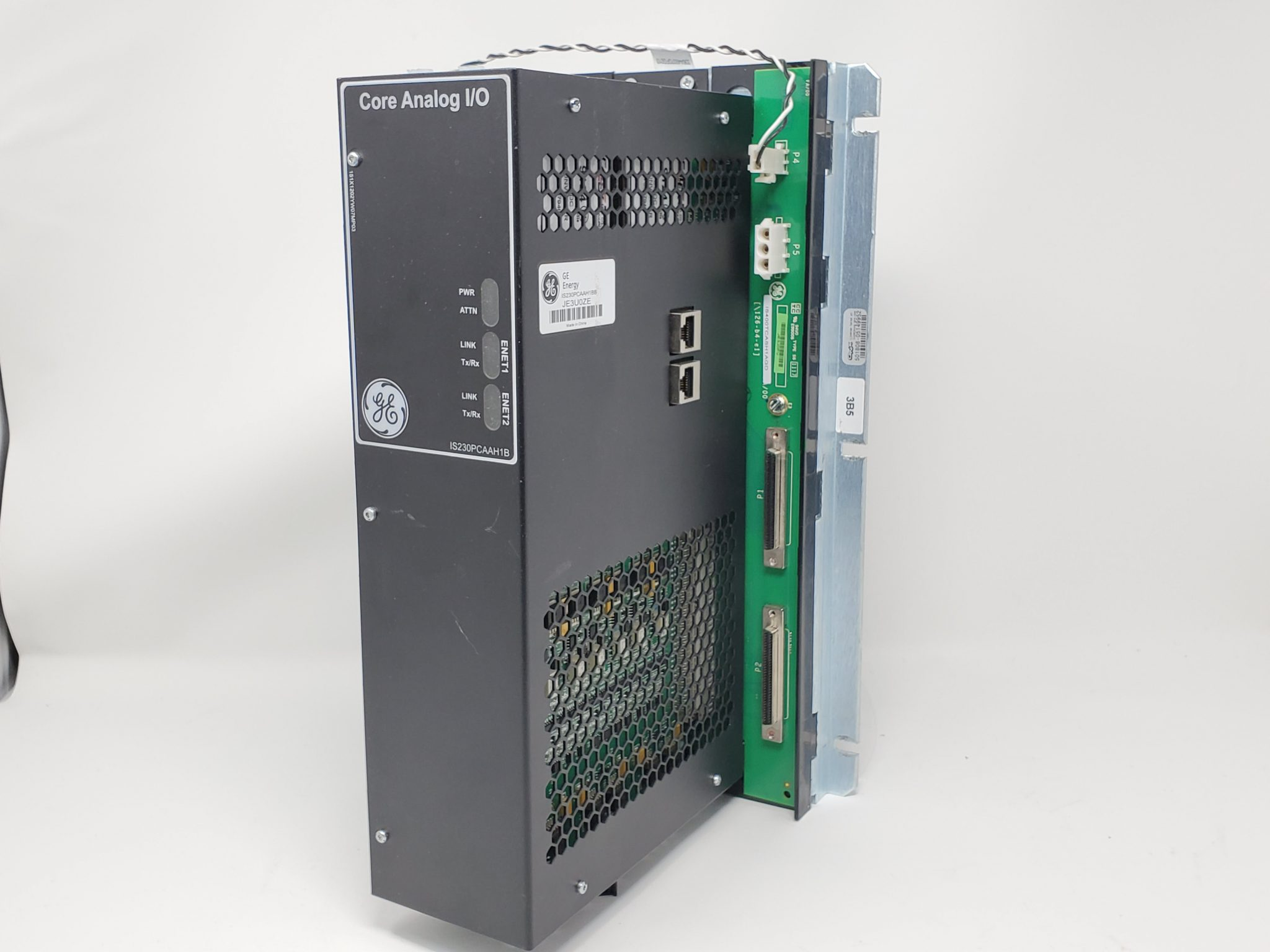

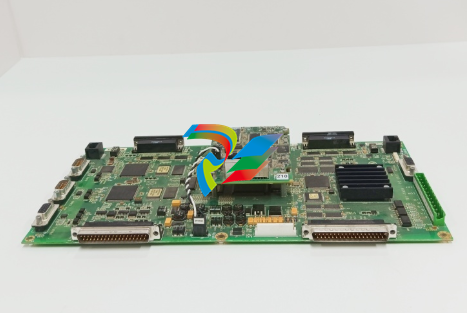
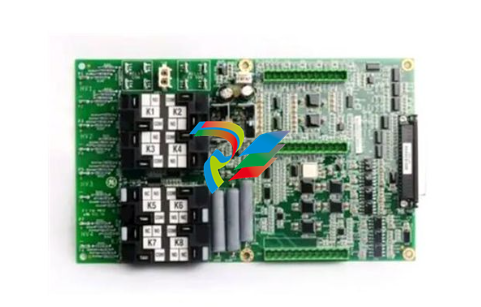
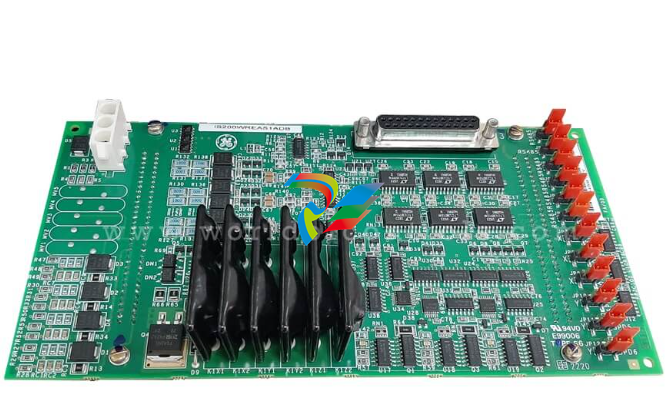
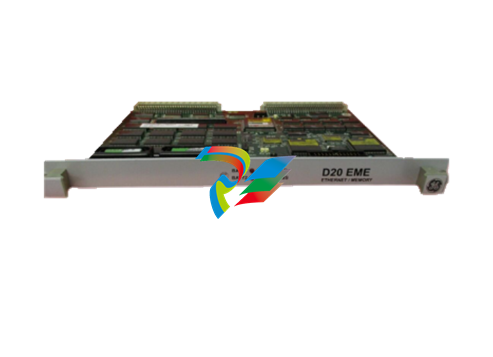
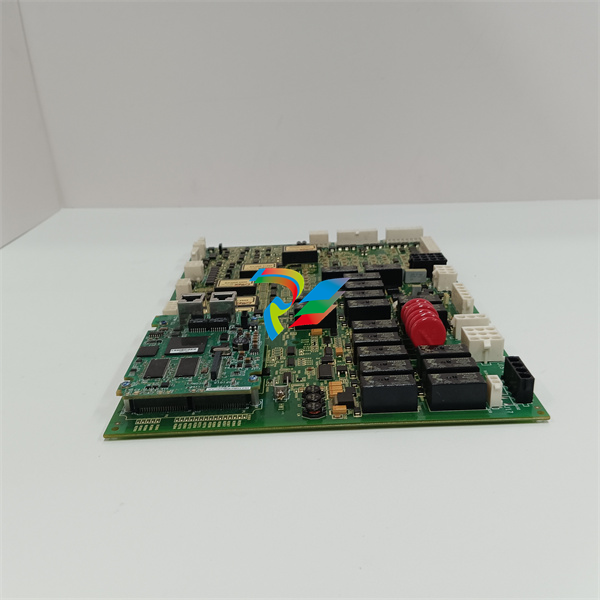
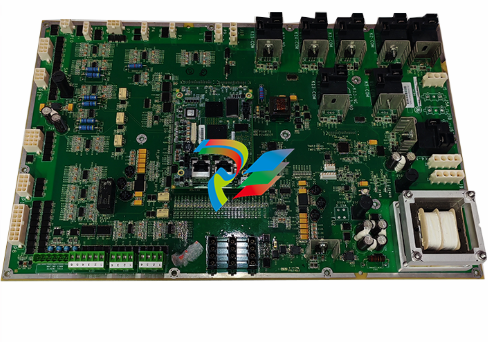
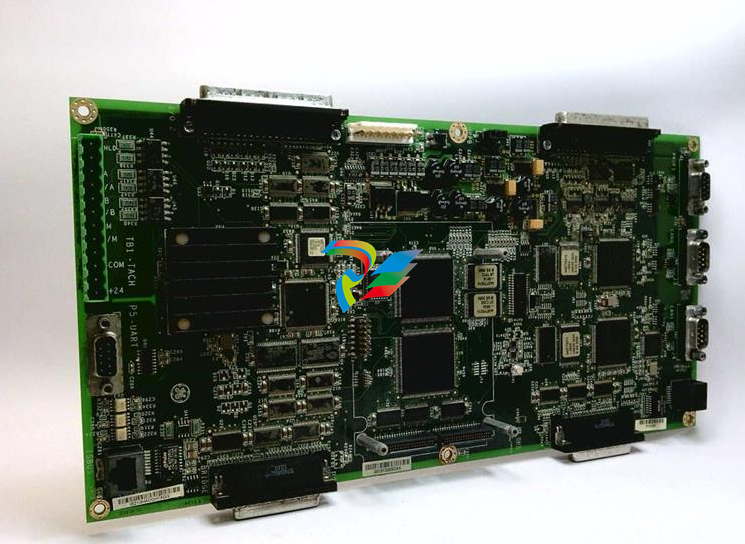



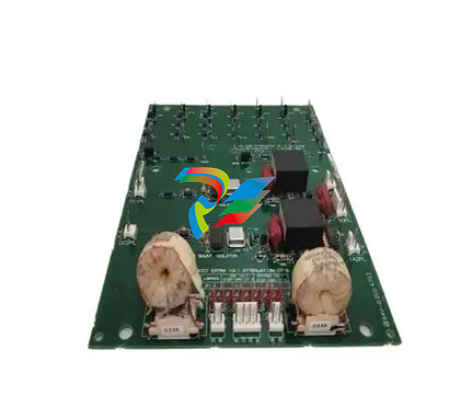

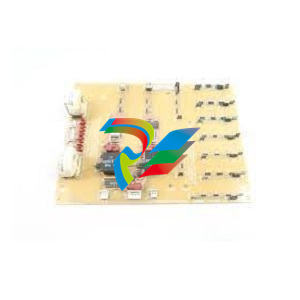
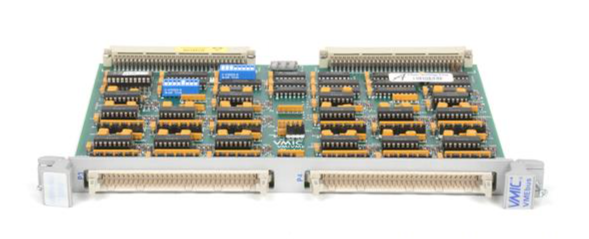
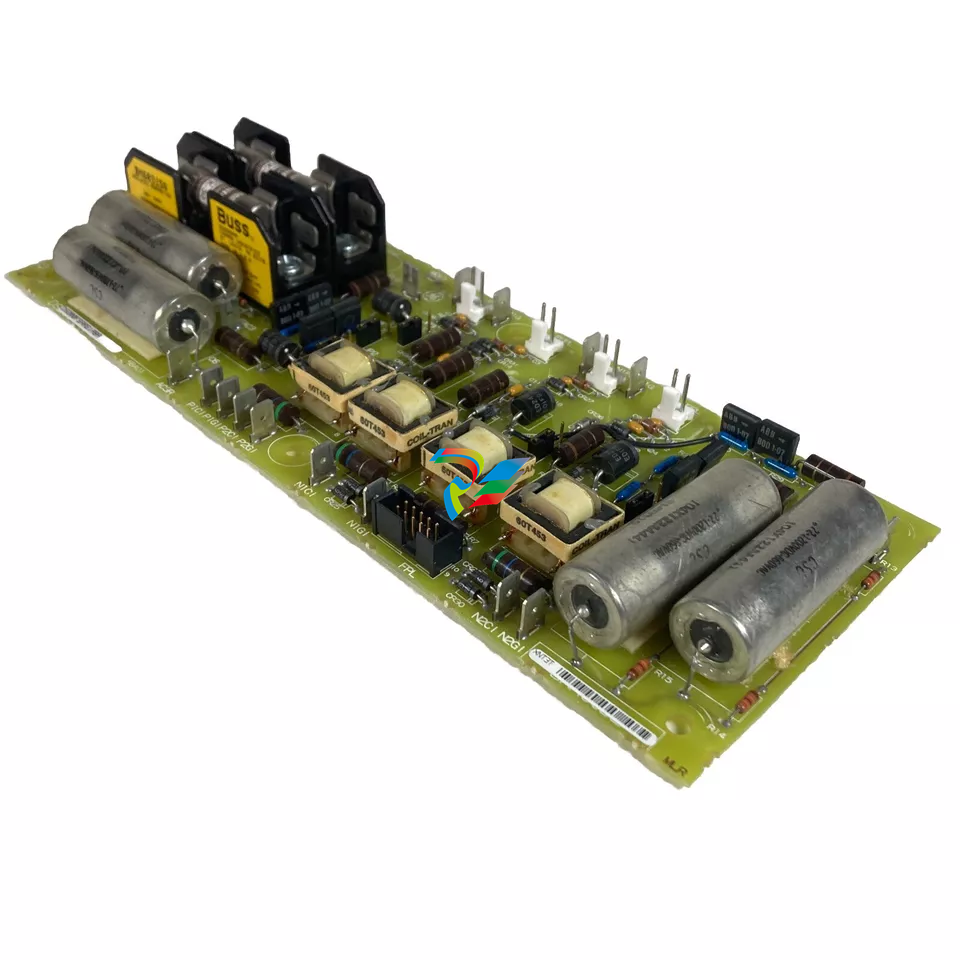
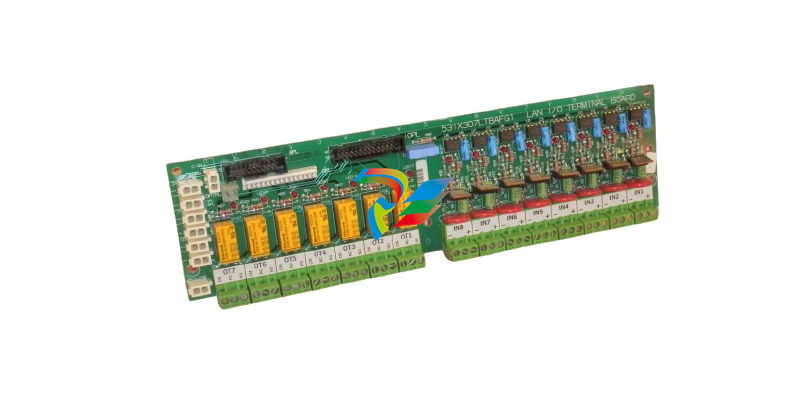




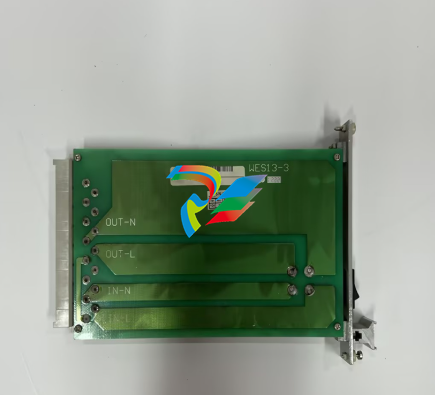
.jpg)
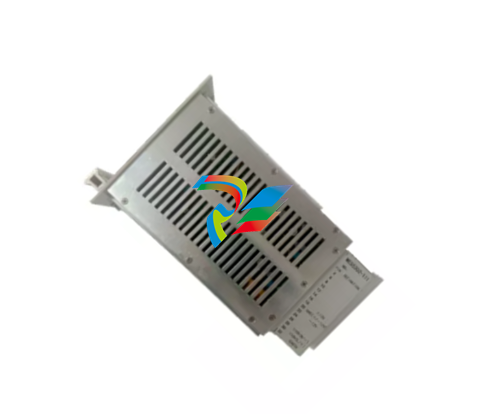
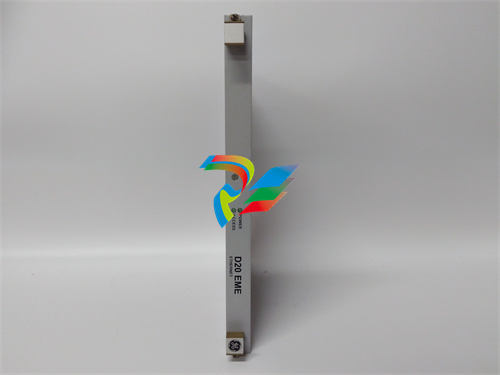
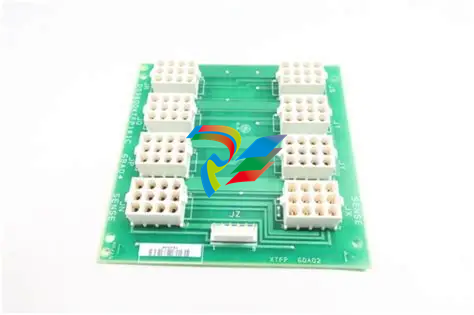









































.jpg)
.jpg)





.jpg)



.png)
.jpg)

.jpg)
_lVjBYb.jpg)

.jpg)
.jpg)



.jpg)
.jpg)







.jpg)

.jpg)
.jpg)











.jpg)





